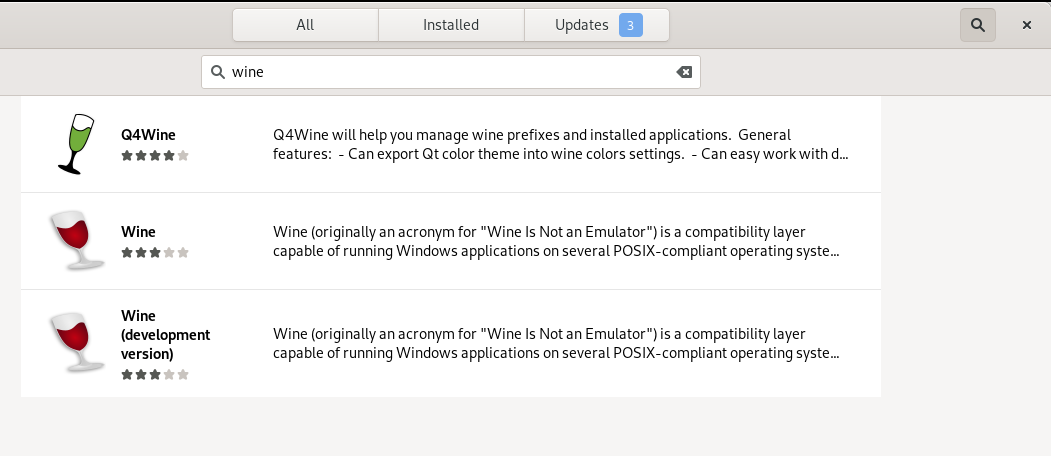

While it is a mature application, it continues to offer innovations with each release. Wine is one of the most relevant open source applications and it shows the power of an entire community dedicated to one goal. sudo rm /etc/apt//wine.listĪnd finally, refresh APT again. To do this, delete the repository file we created.

It is also advisable to remove the recently added repository. In case you don’t want to use Wine anymore or consider it unnecessary, you can remove it from the system by running. To find out if the installation has been successful, you can run wine -version
#Wine emulator website install
sudo apt updateĪfter this, you can install Wine by running the following command sudo apt install -install-recommends winehq-stableĪfter downloading all the packages, you can then enjoy wine. So, refresh APT so that the new repository is added. Save the changes and close the text editor. sudo nano /etc/apt//wine.listĪnd add the following content deb bullseye main Now add the Wine repository to the system by creating a new archive in the Debian repository directory. The next step is to add this GPG key to the system so that Debian recognizes packages from this repository as safe. Then download the GPG key from the Wine repository. The first step is to enable multi arch support in Debian.
#Wine emulator website update
So, open a terminal and for security reasons, update the whole distribution. This process although it takes some extra steps is the recommended one because of the possibility of installing recent versions of Wine. Wine is present in the official Debian 11 repositories, but we can also install it from the repository provided by its developers. So we will be able to install it in our Linux distribution almost without problems. In addition to this, Wine has a very active development with frequent releases that improve the tool’s capabilities. So we can expect an application with a fairly resource-efficient architecture. Instead of simulating internal Windows logic like a virtual machine or emulator, Wine translates Windows API calls into POSIX calls on the fly, eliminating the performance and memory penalties of other methods and allowing you to cleanly integrate Windows applications into your desktop. All in an easy way and although it is not always 100% compatible, it has improved considerably over time. While this definition is not very nice, the important thing is that it provides a virtualization layer where you can install and run Windows applications on Linux. Wine (originally an acronym for “Wine Is Not an Emulator”) is a compatibility layer capable of running Windows applications on several POSIX-compliant operating systems, such as Linux, macOS, & BSD.
#Wine emulator website how to
So, in this post, you will learn how to install Wine on Debian 11 from the official repositories of the project. This application is a marvel and is widely used by many users who need some Windows application that is not available for Linux. Installing Windows applications on Linux is possible thanks to Wine.


 0 kommentar(er)
0 kommentar(er)
